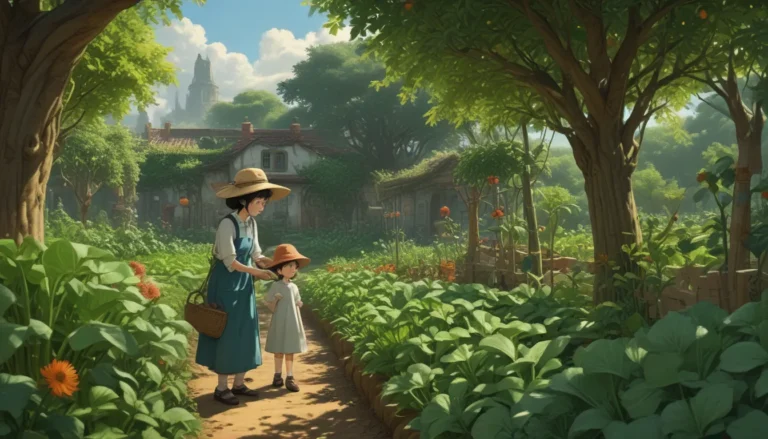Exploring the World of Underground Pit Greenhouses: The Ultimate Guide

Are you looking to take your gardening skills to the next level? Have you ever considered harnessing the power of the Earth to extend your growing season? If so, you might want to explore the world of underground pit greenhouses.
Greenhouses are a fantastic way to grow plants year-round, but traditional designs have their limitations. That’s where underground pit greenhouses come in. These innovative structures allow you to enjoy all the benefits of a traditional greenhouse, with the added advantage of the Earth’s insulation.
In this in-depth guide, we’ll take a deep dive into the world of underground pit greenhouses. From different types of structures to the advantages and disadvantages, we’ll cover everything you need to know to decide if this unique gardening solution is right for you. So grab your shovel, and let’s dig in!
What You’ll Learn
- Types of Sunken Greenhouses
- Advantages of Underground Greenhouses
- Disadvantages
- Key Considerations
Types of Sunken Greenhouses
When it comes to underground pit greenhouses, there are several different styles to choose from. Each style offers its own unique benefits and challenges. Let’s take a closer look at the three main types of sunken greenhouses:
Chinese Style
Chinese greenhouses are an excellent option for those living in colder regions. These structures are partially sunken below ground level, with the north side buried in a hillside. They are designed to maximize heat retention and light absorption, making them ideal for cold climates.
Pit Structures
Pit structures, also known as sun-pits or earth-sheltered greenhouses, are partially sunken into the ground with translucent walls and ceilings. These structures resemble conventional greenhouses but benefit from increased heat retention due to the earth insulation.
Walipini Style
Walipini greenhouses take sunken structures to the next level by sinking them deeper into the Earth. These structures are designed to retain as much heat as possible, making them ideal for year-round cultivation. While they require more digging and construction, they offer unparalleled insulation and heat retention.
Advantages of Underground Greenhouses
One of the key advantages of underground pit greenhouses is their superior insulation properties. The Earth acts as a natural insulator, helping to retain heat and protect your plants from extreme temperatures. This insulation allows you to grow plants year-round, even in the depths of winter.
Another major advantage is the cost efficiency of these structures. Since they require fewer materials than traditional greenhouses, underground pit greenhouses can be more affordable to construct. Additionally, the increased heat retention means you may not need as much additional heating, further reducing costs.
Disadvantages
While underground pit greenhouses offer numerous benefits, they also come with some drawbacks. Water intrusion is a significant concern, particularly in areas with high moisture levels. Proper waterproofing and drainage are essential to prevent water damage and collapse of the structure.
Another potential issue is reduced light penetration, especially in extreme northern or southern latitudes. Plants located deep underground may not receive enough sunlight to thrive, so careful planning of the structure’s orientation and glazing is essential.
Key Considerations
When planning an underground pit greenhouse, there are several key considerations to keep in mind:
- Ensure proper insulation to minimize heat loss at night.
- Maximize light penetration by orienting the structure to the south (or north in the Southern Hemisphere).
- Consider building French drains and drainage ditches to manage moisture levels.
- Experiment with a variety of plant species to take advantage of the increased heat retention.
Conclusion
As you can see, underground pit greenhouses offer a unique and innovative way to extend your growing season and maximize your gardening potential. Whether you choose a Chinese style, pit structure, or Walipini design, these structures provide unparalleled insulation and heat retention.
So, are you ready to take your gardening game up a notch? Which style of underground pit greenhouse appeals to you? Share your thoughts in the comments below and let us know what you plan to grow in your new greenhouse.
If you’re still curious about greenhouse growing, be sure to check out our other guides for more tips and information on this exciting gardening trend. Happy gardening!
Are you ready to transform your gardening experience with an underground pit greenhouse? Learn all about the different styles, advantages, and considerations in this comprehensive guide. Take your gardening game to the next level with these innovative structures.





